There are several species of Turtle Dove, including the European Turtle Dove, Oriental Turtle Dove, Red Turtle Dove, and more. For our purposes, we will be focusing on the European species, or Streptopelia turtur. As the name suggests, these doves live throughout Europe, as well as parts of Asia, the Middle East, and Africa. Read on to learn about the Turtle Dove.
Description of the Turtle Dove
These doves are small birds with beautiful plumage. They are light gray with a dark striped patch on their necks, and gold-laced feathers on their wings. The patch on the neck is ringed in silver, and contains black and white stripes. This species is relatively small, but not among the smallest dove species. Most individuals are around 10 inches long, and they weigh about 5 ounces.
Interesting Facts About the Turtle Dove
These little birds are quite beautiful, in a simplistic way. Outside of their appearance, these doves have a number of adaptations and behaviors that make them unique.
- On the Second Day of Christmas… – Turtle Doves are famously featured in the Christmas song, “The Twelve Days of Christmas.” In the song, the singer’s “true love” gave him two Turtle Dove This isn’t the only instance of this species in religion or pop culture – as art, symbolism, and biblical verses also feature them.
- Falling Population – This species is currently in decline. The IUCN lists the European Turtle Dove as Vulnerable. Some of their primary threats are habitat destruction and hunting. Illegal hunting in the Mediterranean occurs while the doves are migrating to their breeding grounds.
- Habitat Destruction Problems – Unlike some other dove species, this particular one does not utilize parks, gardens, and other urban areas while nesting. Researchers believe that the illegal hunting occurring during their migration exacerbates their timid nature. Consequently, the hunting actually makes habitat destruction more detrimental to this species.
Habitat of the Turtle Dove
Members of this Dove species live in woodland or forest areas, usually with a variety of open meadows or fields to forage in. They also inhabit steppe, scrub forest, and semi-desert regions. Their habitat preference is slightly more stringent than other dove species. They are quite shy, and usually avoid urban areas, however they do feed in agricultural fields and pastures.
Distribution of the Turtle Dove
This species inhabits areas of Europe, the Middle East, and Asia. They migrate over the winter, and travel to Sub-Saharan Africa. Their populations are patchy throughout their range, and their numbers are currently declining. While these migrating birds pass through Spain, Italy, Malta, Greece, and Cyprus, humans illegally shoot half a million of them.
Diet of the Turtle Dove
Members of this European Dove species are herbivores, and primarily feed on seeds and grains. Though they live and roost in trees, most of their foraging occurs on the ground. They search for seeds, grains, berries, and fruits along open areas. Occasionally, they also eat worms, insects, spiders, snails, and fungi. They are opportunistic, and eat just about any type of food they can find.
Turtle Dove and Human Interaction
Human activity is currently causing sharp declines in Turtle Dove populations. The IUCN lists this species as Vulnerable. One of the greatest threats to their survival is illegal hunting, and researchers estimate that hunters illegally shoot half a million birds annually. Habitat destruction is also a major problem for the survival of this species.
Domestication
Humans have not domesticated this dove in any way.
Does the Turtle Dove Make a Good Pet
No, these birds do not make good pets. Even though they look cute, they are wild animals. They are not friendly towards humans, and are actually incredibly shy. It is also illegal to own a European Turtle Dove as a pet.
Turtle Dove Care
In zoos, these birds require similar care to other dove species. They thrive in aviaries with a wide variety of trees and ground shrubbery. Because aviaries are quite large, these birds can stretch their wings and exercise, and they can coexist with other bird species. Zookeepers feed them a bird seed diet designed for doves and pigeons, and supplement it with mealworms, crickets, fruits, and berries.
Behavior of the Turtle Dove
These Doves are shy creatures. Outside of the breeding season, small flocks of birds forage on the edges of forests and woodlands. They are diurnal, or active during the day. Sometimes large flocks congregate around a prolific food source. During migration, large numbers of doves flock together while traveling. Once they reach their breeding grounds, the pairs are less social towards their neighbors.
Reproduction of the Turtle Dove
Turtle Dove pairs build their nests with a variety of twigs and sticks. They build their nests in trees or shrubs, rather than on the ground like some dove species. Females lay two eggs per clutch, and both members of the pair incubate the eggs.
Incubation lasts about two weeks, and the chicks fledge when they are about three weeks old. After raising one brood, the Doves will lay a second set of eggs and raise another brood.

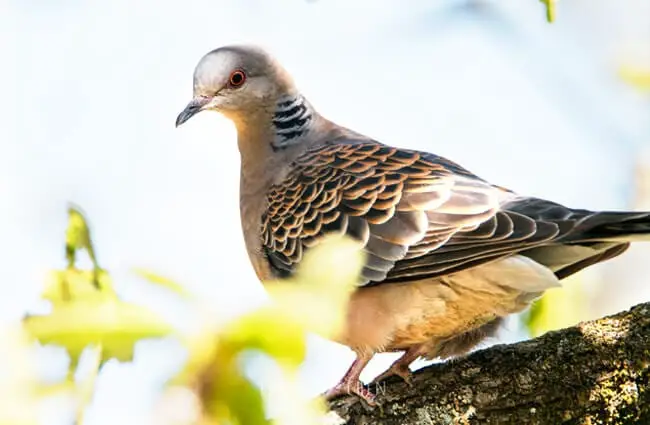
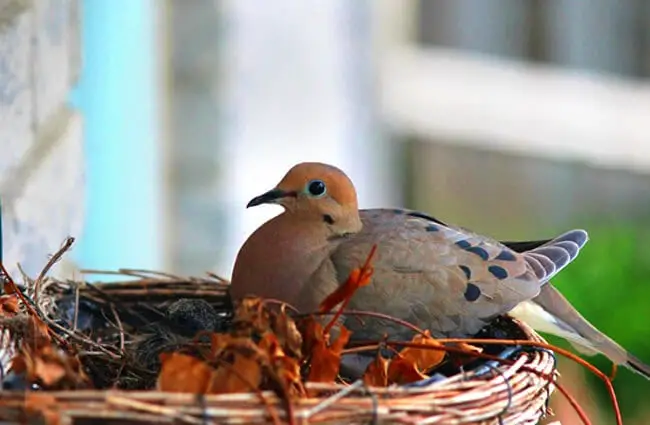
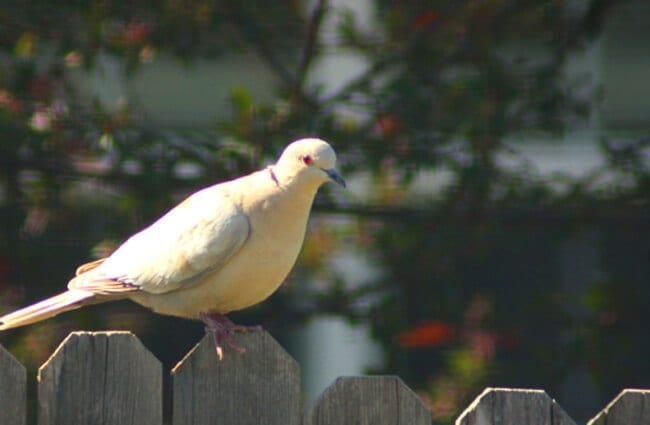
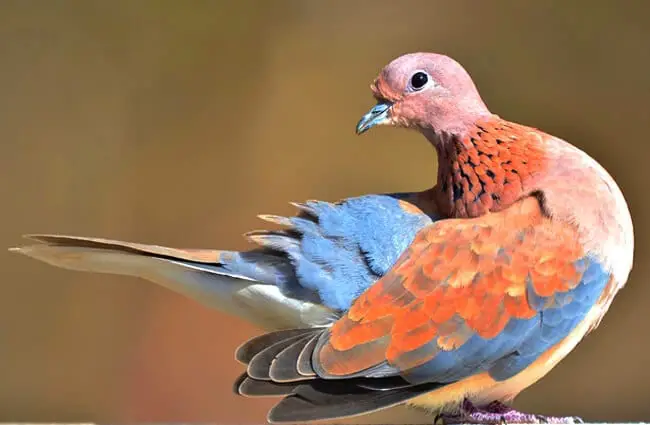
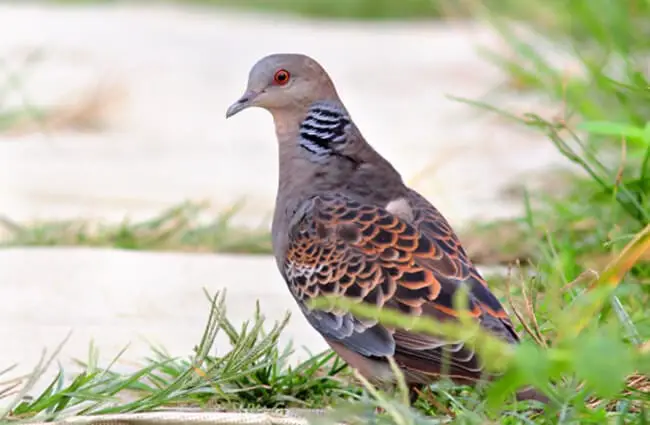
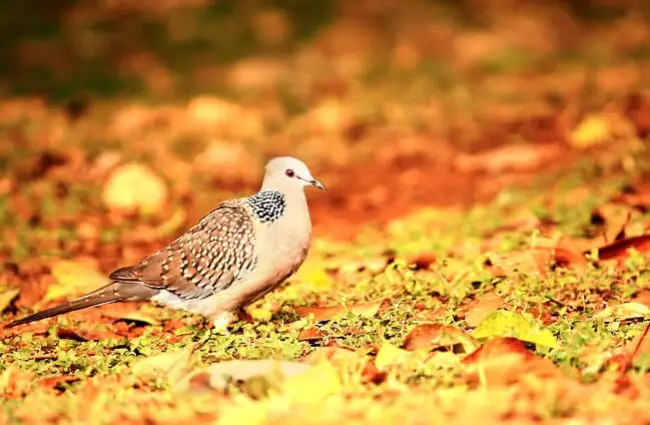


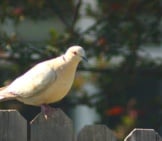

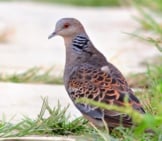
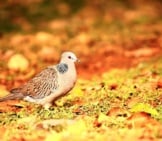
![Red Angus Closeup of a beautiful Red Angus cowPhoto by: U.S. Department of Agriculture [pubic domain]https://creativecommons.org/licenses/by/2.0/](https://animals.net/wp-content/uploads/2020/03/Red-Angus-4-238x178.jpg)












![Red Angus Closeup of a beautiful Red Angus cowPhoto by: U.S. Department of Agriculture [pubic domain]https://creativecommons.org/licenses/by/2.0/](https://animals.net/wp-content/uploads/2020/03/Red-Angus-4-100x75.jpg)

